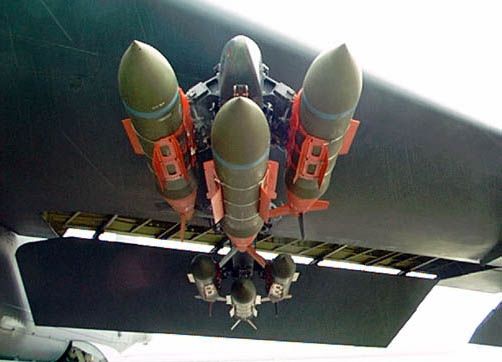I am more clear about this than you are.
When there is an urgent need to advance, you do not reinvent the wheel, as the Chinese members here often said and they have no problems with industrial espionage and emulation of current technology and methods.
For example...
Who is the world's premier naval aviation power? China? Or is it US? So when you look at the new Chinese aircraft carrier, look at how similar their crew are to ours in terms of deck ops and appearance. Why? Because we did all the guesswork, explored the risks, shed blood, lost lives, refined what works, and continue the process all over again. So why should the PLAN look at anyone else? The PLAN may alter some deck ops a bit because of the differences between its carrier and the American versions, but the core of each deck operation remains the same because we proved it worked over the decades.
Ever marshal an aircraft?
Aircraft marshalling - Wikipedia, the free encyclopedia
Where was the PLAAF when this method of silent but visual communication between pilot and ground crew was developed? More like the PLAAF did not exist. That is not a criticism but a statement of fact. So when the PLAAF came to be, why should it changed what worked across the decades and countries?
Bottom line is this...China IS copying and/or stealing technology, adapting methods and accepting foreign ideas in order to advance.
Simply is too harsh. But there is no denying that in the process of copying from others, one's own products will inevitably suffer Quality Assurance issues.
I work for a major NAND FLASH manufacturer. We buy often from the 'gray market' and disassembled what we bought to investigate who is masquerading as us, as in selling crap under our company name, in order to assure new customers and reassure nervous current ones, that when they buy from us, they are buying the real products. Not crap repackaged by unscrupulous so-called 'manufacturers' from mainland China.

My competitors in South Korea, Japan, and Europe does the same.
I do not have the chance to examine a purely Chinese manufactured aircraft but am wiling to bet renmibi to rice cakes that based on my 10yrs in the USAF I will find plenty that are subpar to our MIL standards. Done it to the Soviet MIGs.
If you are talking about this contraption for the J-20, then explain what problem(s) is it trying to solve?
No need to address the rest of your post.
Having worked with "actual" TI(Texas Instruments Chips) and counterfeit TI (ironically both made in China), I can vouch for those QA issues.
However, those do get sorted out eventually simply due to the fact that they go through thousands to get it right.
QA still plagues many Chinese products because the skilled worker base is still to develop. After all, you need qualified and experience technicians and engineers to produce something like a substrate. You cant take workers off a screwdriver line and expect them to make ICs just as well. This trend is changing though.
I worked on Harris,ASELSAN and Chinese hardware at the same time.. and both the Harris and ASELSAN systems were equally comparable in quality(sophistication was up to us, we designed the crypto modules and others). The Chinese system on the other hand, suffered from quality and reliability issues during the initial period. Only after multiple visits by our teams to China and countless returns did the quality improve..and it did considerably so that the later batches were equally well built and reliable as the Harris and ASELSAN products. It's just a cultural thing, and it will take time to cause a cultural change within that manufacturing mindset.
In Pakistan's case, due to the fact that we've worked with the F-16's and their quality for over 35 years..along with french hardware.. that QA went into the JF-17. A lot of the test systems during manufacture for the aircraft are US made. So that quality gets worked in. The example that went down.. ended up being attributed to the Russian RD-93 engine.
For the last part of your post, I suggest that you do not reply to such posters and concentrate on your technical material and knowledge to post. That ensures a posts validity no matter what slander is taken. Chinese, Viets or otherwise arent the only audience for posts and you do not have to justify everything. Posts Justify themselves.
















